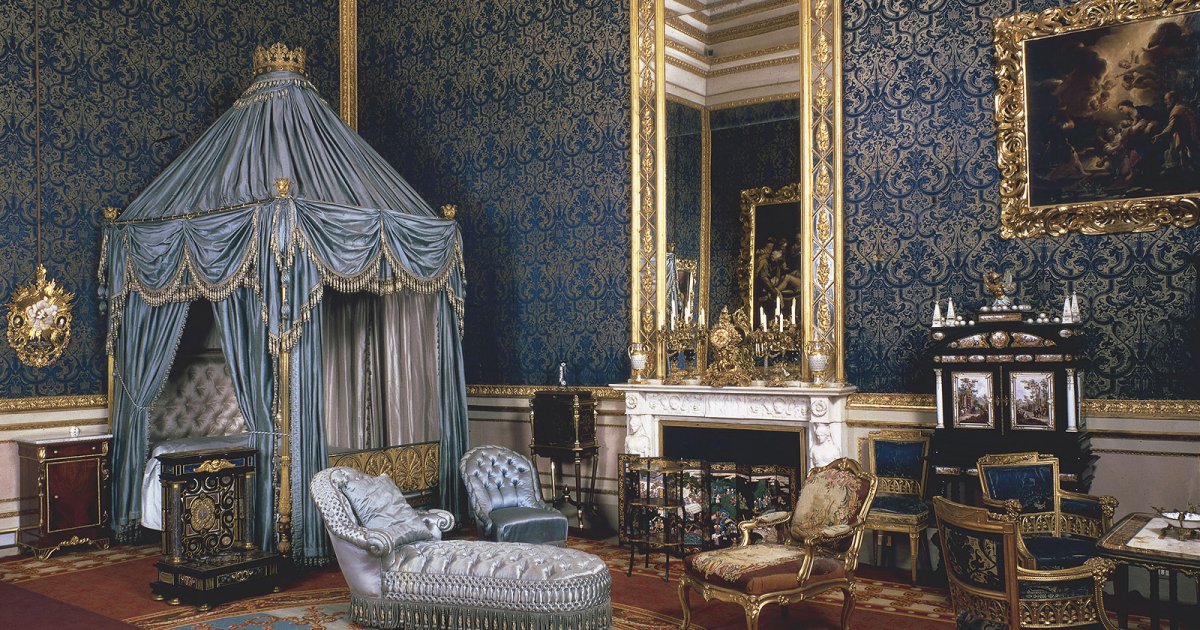PALAZZO PITTI, Royal Apartments
 Language: English / USA
Language: English / USA
Once back at the entrance on the first floor, if you like you can continue your tour of the museum by going to the most monumental part of Palazzo Pitti located in the right wing, where you can visit the large White Hall decorated with refined Neoclassical stuccoes, and the Royal Apartments.
The apartments comprise fourteen rooms that were made ready in just a few years' time starting in 1865, when Vittorio Emanuele II of Savoy decided to move the capital of the young Kingdom of Italy from "his" Turin to the more central Florence, and chose Palazzo Pitti for his royal residence. Six years later, when the capital was definitively moved to Rome, the apartment became the residence for the official visits of King Umberto I and his wife, Queen Margherita.
When in 1912 the new King Vittorio Emanuele III ceded the entire Palazzo Pitti to the Italian state, the Royal Apartments were preserved with their late-nineteenth century furnishings, as testimony to the six years when Florence was the capital of Italy.
Your path begins in the Green Room, where you can admire a canvas by Luca Giordano that's embedded in the ceiling, and then continue to the Throne Room. The walls are lined with red ornamental fabrics with a beautiful collection of Flemish tapestries and large, full-length portraits. The throne of the King of Italy is the golden wooden chair that you see beneath the canopy surrounded by a gilded balustrade. If you're a big fan of noble portraits, in the following Blue Hall you can browse the seventeenth-century portraits of the Medici family, the palace's historic "tenants", which were made by a Flemish painter who specialized in the genre.
The Alcove Room, which was subsequently modified into a chapel, has remained as it was in the 1600s: carefully note the beautiful inlays of colored marble in the ebony furniture, which come from the famous Opificio delle Pietre Dure, or Workshop of semi-precious stones in Florence. Some other rooms in this wing have more or less preserved their sixteenth-century aspect: in particular you'll see it in the fresco on the loggia's ceiling of the Pope's apartment, a beautiful work by the Florentine Alessandro Allori. Instead, the late-1800s taste of King Umberto I and Queen Margherita's bedrooms is plush and a bit heavy.
FUN FACT: if these rooms all kind of seem the same, it's because they were rushed! In fact, when the king of Italy decided to settle in Florence, a large amount of furniture and furnishings were precipitously sent from the royal residences of Parma and Lucca.



